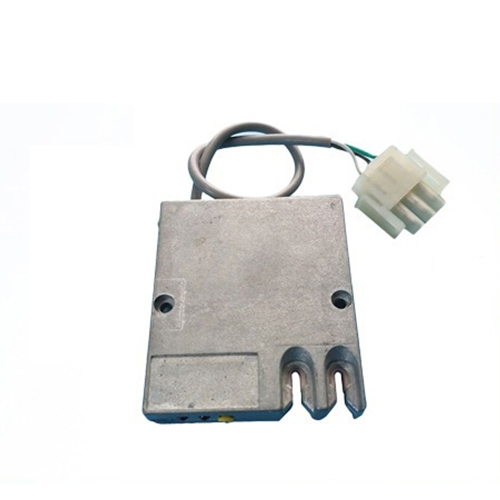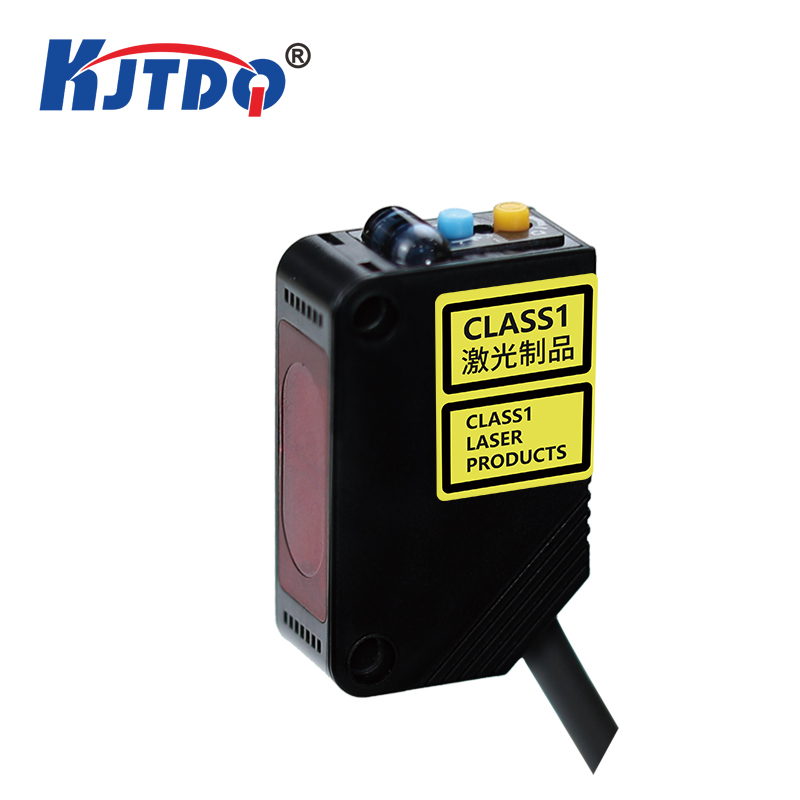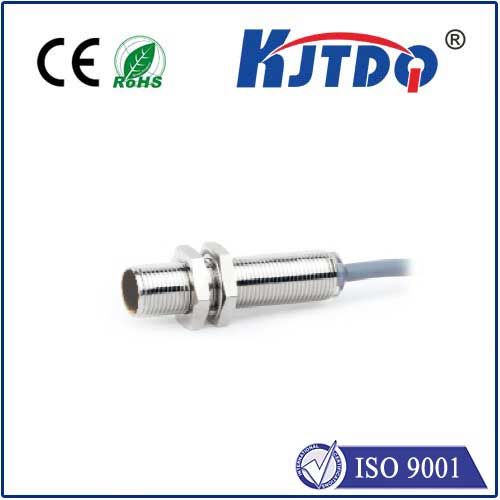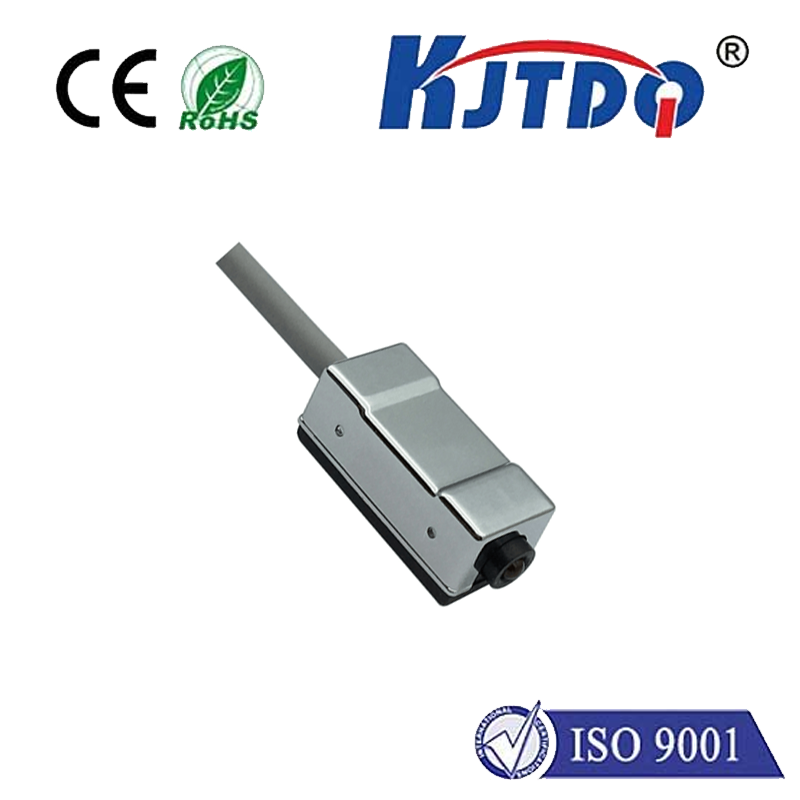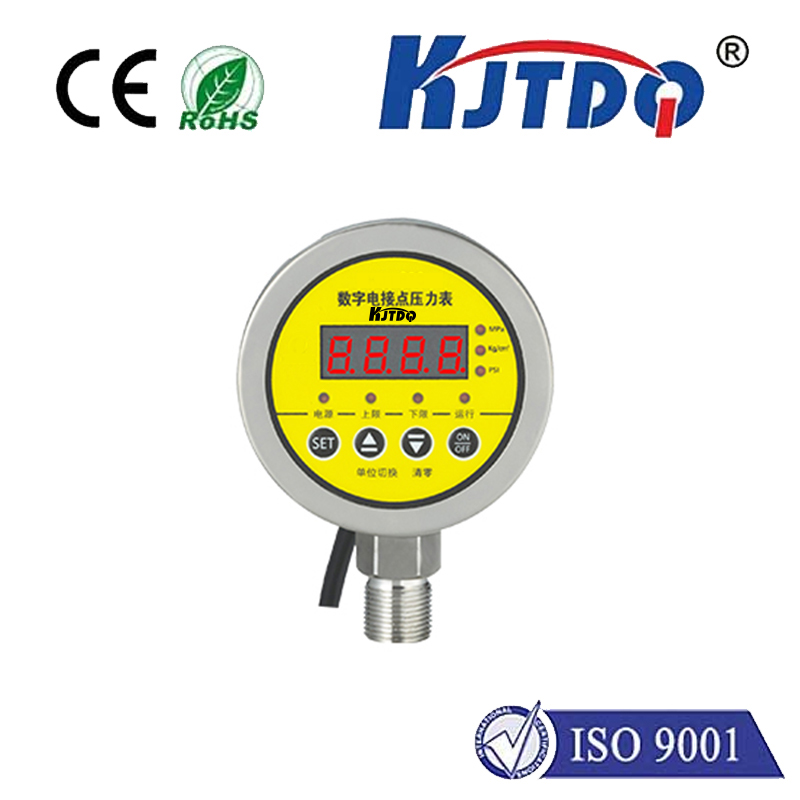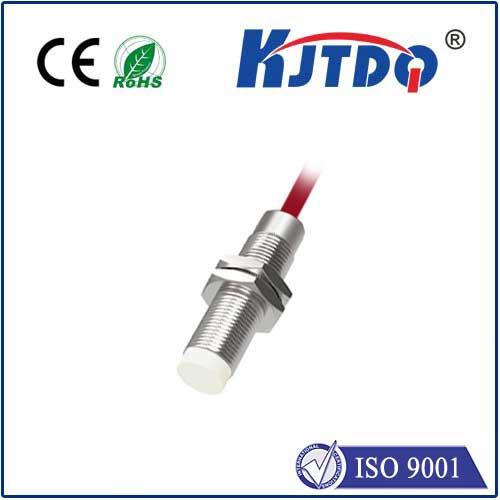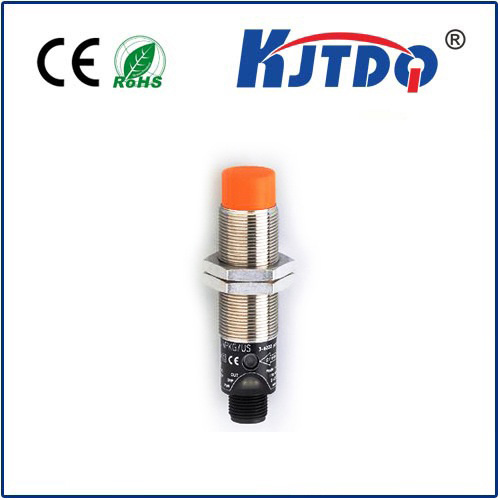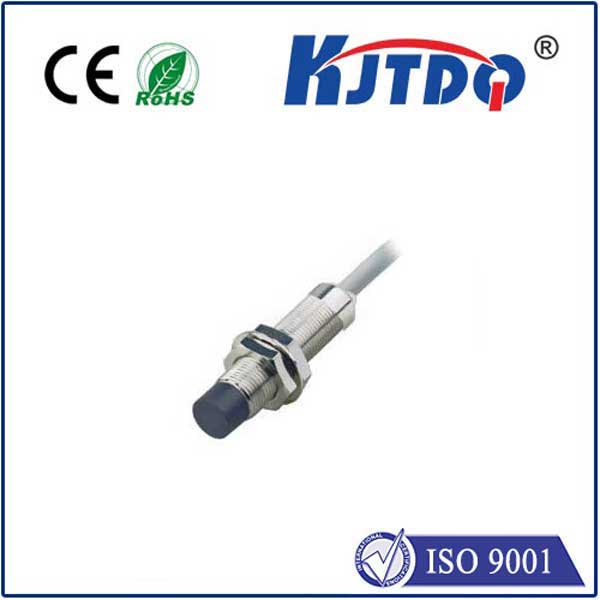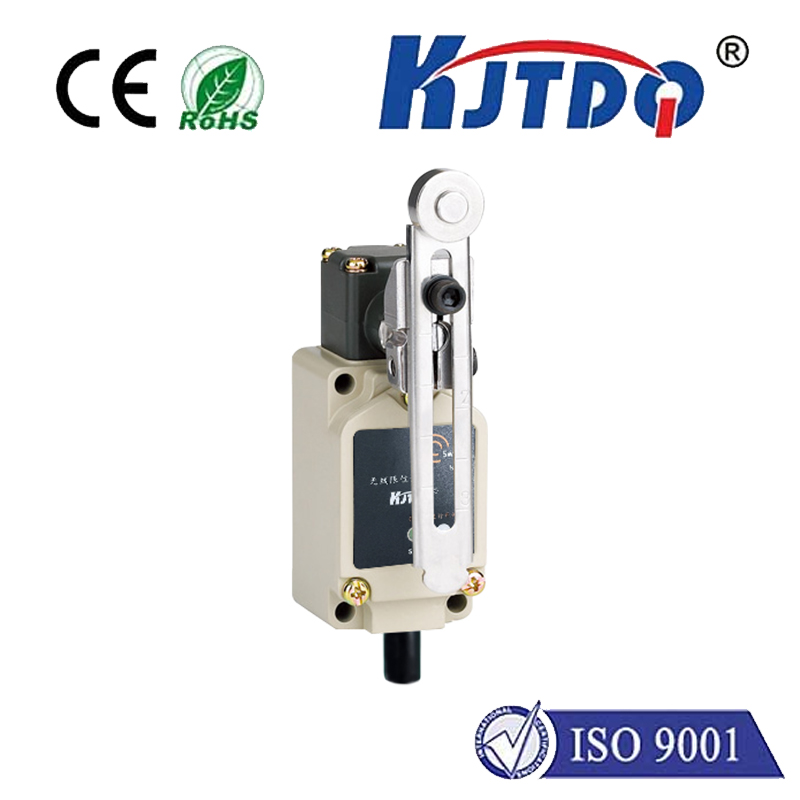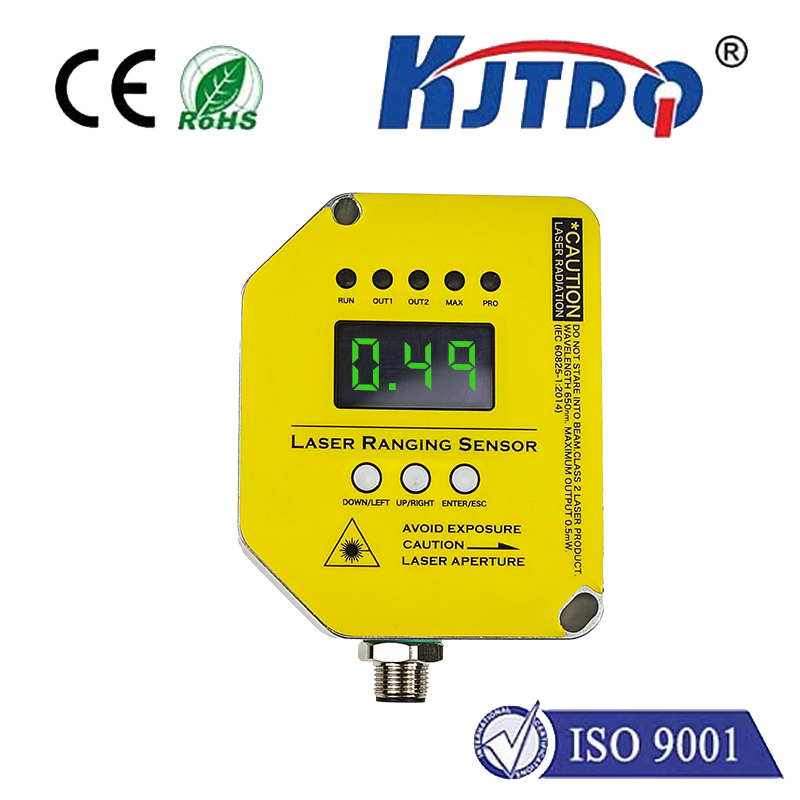

check

check

check

check

check

check

check

check

check

check
Title: The Revolutionary Technology of Laser Surface Velocimetry
Laser surface velocimetry (LSV) is a groundbreaking technology that has revolutionized the way we measure surface velocities. This cutting-edge technique utilizes the principles of laser physics to accurately determine the speed and direction of moving surfaces. In this article, we will explore the intricacies of LSV and its numerous applications across various industries.
The Working Principle of Laser Surface Velocimetry
At the core of LSV lies the concept of Doppler shift, which states that the frequency of light waves changes when they bounce off a moving object. This principle is harnessed by LSV systems to measure surface velocities. A laser beam is directed at the surface of interest, and as it reflects back, the frequency of the returning light wave is compared to that of the original beam. The difference in frequency, known as the Doppler shift, is used to calculate the velocity of the surface.

Applications of Laser Surface Velocimetry
The precision and accuracy of LSV make it an ideal tool for a wide range of applications. One such field is automotive engineering, where LSV is used to test vehicle aerodynamics and optimize fuel efficiency. By measuring the airflow around a car's body, engineers can fine-tune its design to reduce drag and improve performance.
In civil engineering, LSV plays a crucial role in monitoring the stability of structures such as bridges and tunnels. By measuring the movement of these structures over time, engineers can detect potential issues before they become catastrophic, ensuring public safety and reducing maintenance costs.
The medical industry also benefits from LSV technology, particularly in the field of ophthalmology. LSV systems are used to measure the velocity of fluid flow within the eye, providing valuable insights into ocular health and helping doctors diagnose conditions like glaucoma.
Challenges and Future Developments
While LSV offers numerous advantages, there are challenges associated with its implementation. For instance, environmental factors such as dust or fog can interfere with the laser beam, affecting measurement accuracy. Additionally, the cost of LSV equipment can be prohibitive for some applications.
Looking ahead, ongoing research aims to overcome these challenges and expand the capabilities of LSV. Advancements in artificial intelligence and machine learning are being integrated into LSV systems to improve data analysis and interpretation. Furthermore, miniaturization efforts seek to make LSV technology more accessible and affordable for widespread adoption.
Conclusion
Laser surface velocimetry represents a significant leap forward in the realm of surface velocity measurement. Its ability to provide accurate and precise readings has led to its adoption across various industries, from automotive manufacturing to structural engineering and beyond. As this innovative technology continues to evolve, we can expect even greater advancements in our understanding of dynamic motion and its impact on our world.
